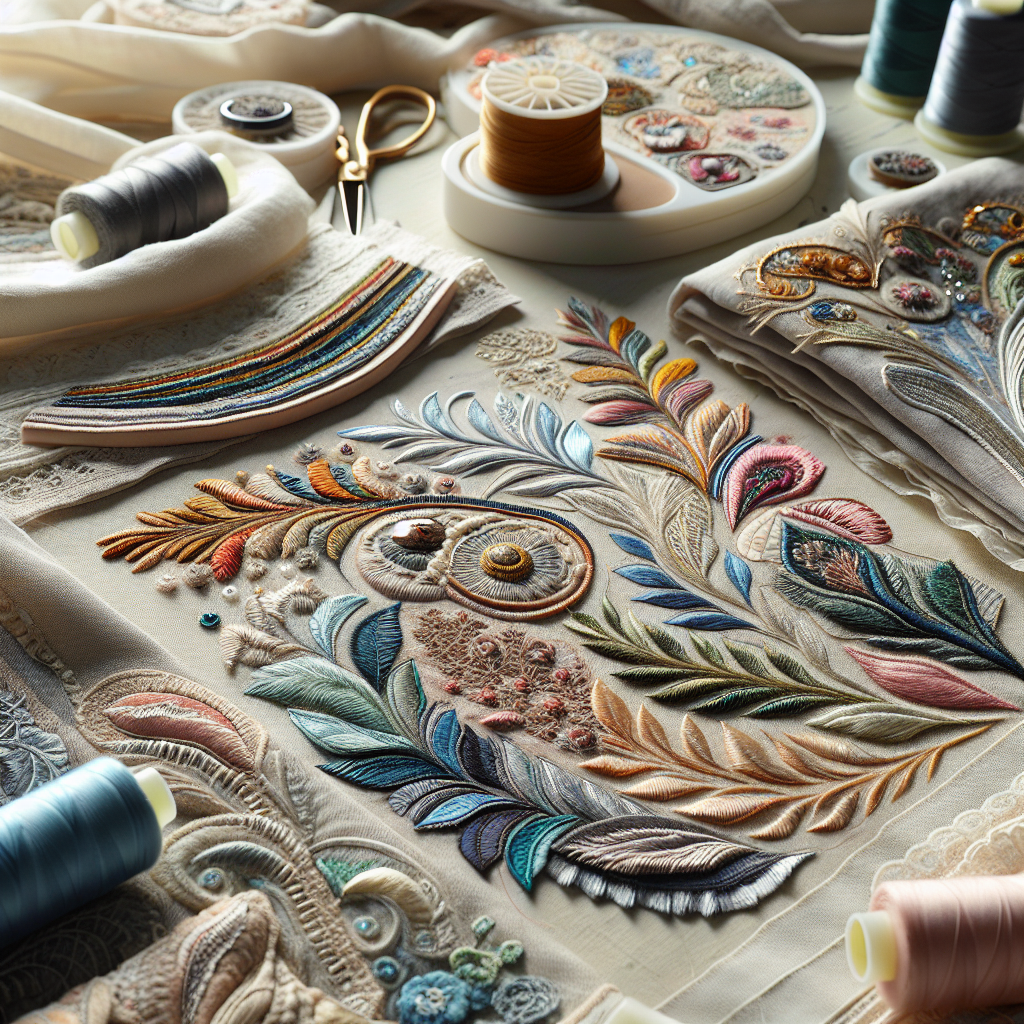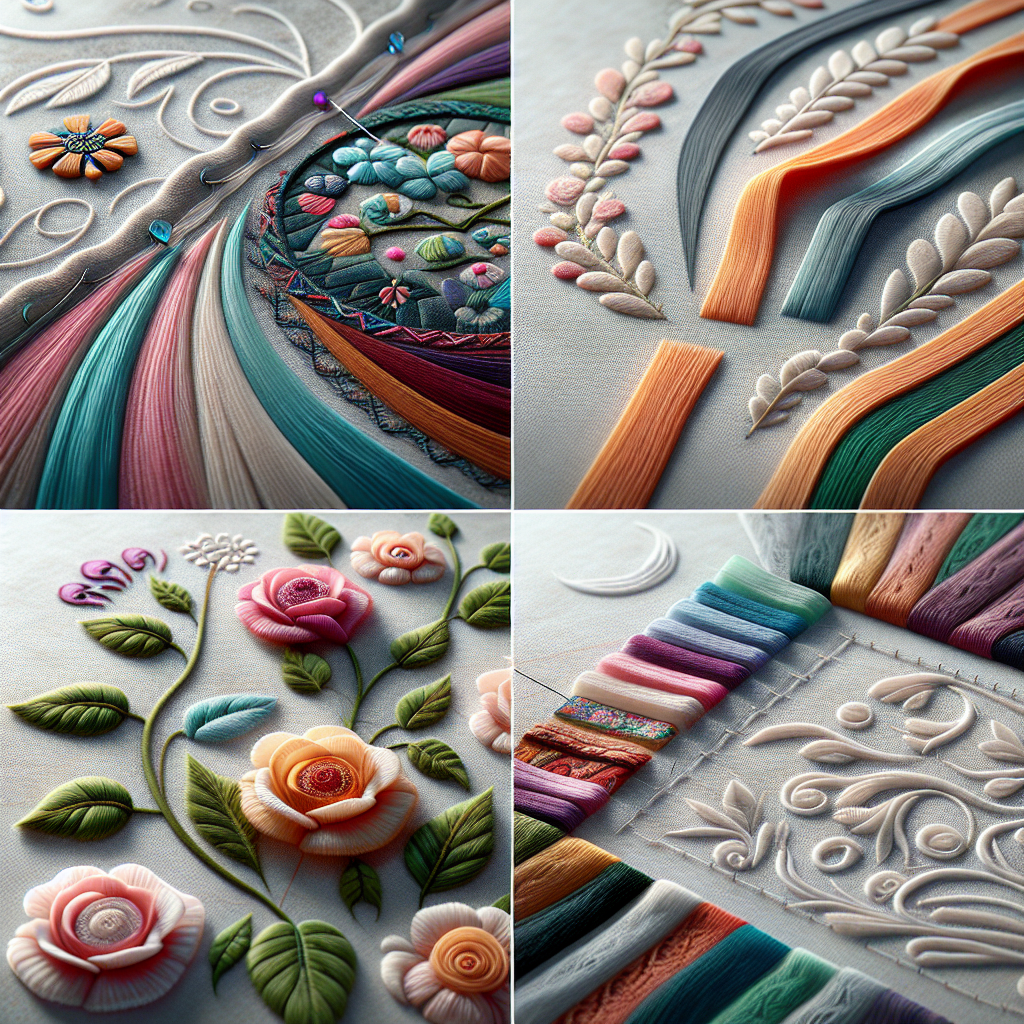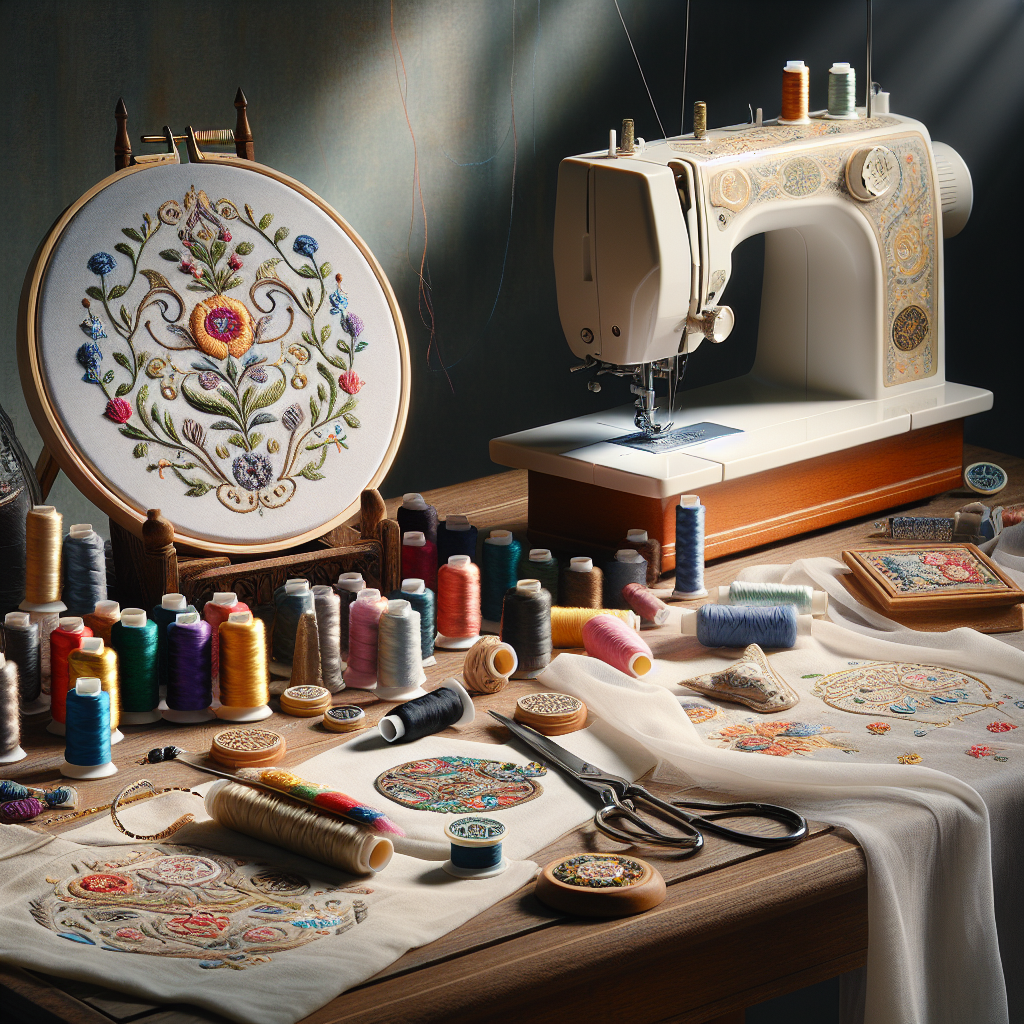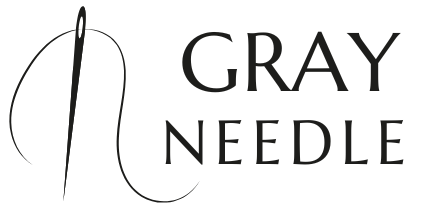Every sewing enthusiast knows that decorative stitching techniques can transform a simple garment into a unique masterpiece. These techniques not only enhance the visual appeal of clothing but also add a personal touch that reflects the wearer’s style. Whether you are a seasoned sewer or just starting out, exploring *decorative stitching ideas for clothing* can be an exciting journey that elevates your sewing projects.
Many different techniques can be employed, ranging from basic embroidery to more complex designs like appliqué and free-motion stitching. Each method offers its own set of possibilities, allowing you to create textures, patterns, and embellishments that can breathe new life into your wardrobe. Here are some popular techniques to consider:
- Embroidery: A classic technique that involves stitching designs onto fabric using colorful threads.
- Appliqué: This involves sewing a piece of fabric onto another to create a layered look.
- Bias Tape: Adding bias tape to edges can create a striking visual contrast.
- Free-Motion Stitching: This technique allows for intricate designs as you can control the fabric’s movement freely.
By incorporating these techniques into your sewing projects, you can not only upgrade your clothing but also express your creativity. Visit our website to learn more and get started today! Click here.
Popular Decorative Stitching Styles for Fashionable Outfits

When it comes to enhancing your wardrobe, understanding the various decorative stitching styles can open up a world of possibilities. These styles not only beautify your clothing but also allow you to showcase your personality and creativity. Here are some of the most popular decorative stitching styles that can elevate any outfit:
- Floral Embroidery: This timeless style adds a touch of nature to your garments. Floral designs can be stitched in various colors and sizes, making them versatile for everything from casual tees to elegant dresses.
- Geometric Patterns: Using straight and angled lines, geometric stitching creates modern and chic designs. This style works well on structured pieces like jackets and blazers, offering a contemporary edge.
- Contrast Stitching: By using threads that differ significantly from the fabric color, contrast stitching can create bold outlines and patterns. This technique is particularly effective for denim and heavier fabrics, giving them a unique flair.
- Patchwork and Quilting: Combining different fabric pieces with decorative stitching can create an eye-catching patchwork effect. This style is great for skirts and bags, bringing texture and interest to your outfits.
Incorporating these popular decorative stitching styles into your clothing can transform basic garments into fashionable statement pieces. Whether you opt for delicate embroidery or bold geometric designs, the right stitching technique can make all the difference in your sewing projects.
How to Choose the Right Thread Colors for Stitching

Selecting the right thread colors for your decorative stitching is crucial for achieving the desired effect in your clothing projects. The colors you choose can significantly influence the overall look and feel of your garments. Here are some tips to help you choose the perfect thread colors:
- Consider the Fabric Color: The first step is to analyze the color of your fabric. If you want your stitching to stand out, opt for contrasting colors. For instance, bright threads on dark fabrics create a striking visual, while subtle shades can add a delicate touch.
- Use a Color Wheel: A color wheel can be a valuable tool in selecting harmonious thread colors. Complementary colors (those opposite each other on the wheel) can create a bold look, while analogous colors (those next to each other) yield a more subtle, blended effect.
- Think About the Mood: Different colors evoke different feelings. For example, warm tones like reds and oranges can bring energy and warmth, while cool tones like blues and greens can create a calm, serene vibe. Choose colors that reflect the mood you want for your outfit.
- Test Swatches: Before committing, always test your thread colors on swatches of the same fabric. This practice allows you to see how the threads interact with the fabric and under different lighting conditions, ensuring that you achieve the desired result.
By thoughtfully choosing your thread colors, you can enhance your decorative stitching and create beautiful, personalized pieces that truly stand out.
Step-by-Step Guide to Adding Decorative Stitches
Adding decorative stitches to your clothing can transform a basic garment into a unique masterpiece. Follow this step-by-step guide to ensure your stitching process is smooth and successful:
- Gather Your Materials: Before you start, collect all necessary materials. You will need your fabric, thread in the desired colors, a sewing machine or needle, and any additional tools like fabric scissors and pins.
- Select Your Stitch: Choose the type of decorative stitch you want to use. Popular options include zigzag, satin, and blanket stitches. Each stitch offers a different texture and appearance, so select one that complements your design.
- Prepare Your Fabric: Ensure your fabric is clean and pressed. Mark the areas where you want to apply the decorative stitches using fabric chalk or a fabric marker. This will guide your stitching and help maintain even spacing.
- Adjust Your Machine Settings: If using a sewing machine, adjust the settings according to the stitch you’ve chosen. This may include setting the stitch length and width, as well as selecting the appropriate presser foot.
- Practice on Scrap Fabric: Before stitching on your actual garment, practice on a scrap piece of fabric. This step allows you to get a feel for the stitch and make any necessary adjustments without risking your project.
- Start Stitching: Begin at one end of your marked line and sew slowly, following the guide you created. Keep a steady pace to ensure even stitches and maintain focus on your design.
- Finishing Touches: Once you’ve completed your decorative stitching, trim any excess threads and press the fabric again to smooth out the stitches. You can also add embellishments or additional stitches to enhance your design further.
With this guide, you can confidently add decorative stitches to your clothing, making each piece uniquely yours.
Inspiration from Fashion Trends in Decorative Stitching

Decorative stitching is not just a way to enhance your wardrobe; it also draws inspiration from current fashion trends. By incorporating these trends into your sewing projects, you can create stylish pieces that reflect contemporary aesthetics. Here are some notable trends influencing decorative stitching:
- Bohemian Vibes: The boho style continues to dominate fashion with its relaxed and free-spirited appeal. Intricate embroidery and vibrant thread colors are being used to create floral and geometric patterns that embody this trend. Think about adding a mix of stitches to create a layered, textured look that feels both artistic and personal.
- Minimalism: On the opposite end of the spectrum, minimalist fashion embraces simplicity. Subtle decorative stitches in neutral tones can add a touch of elegance to a simple garment. Consider delicate straight or zigzag stitches along hems or seams to achieve a polished yet understated look.
- Patchwork and Upcycling: With sustainability in mind, patchwork techniques are making a comeback, often featuring decorative stitches that celebrate the art of mending. Using contrasting threads to highlight stitching can turn repairs into decorative features, making each piece unique and environmentally friendly.
- Textured Layers: Layering different fabrics with decorative stitches adds depth and interest. Mixing materials like denim, lace, and silk can create stunning visual contrasts. Experiment with various stitches to highlight the texture differences between layers.
- Statement Pieces: Bold, eye-catching designs are trending, with oversized stitches and bright colors becoming a focal point. Don’t shy away from experimenting with larger stitches or combining multiple decorative techniques to create a statement piece that stands out.
By drawing inspiration from these fashion trends, you can elevate your decorative stitching projects and create garments that not only showcase your skills but also resonate with current styles.
Tips for Perfecting Your Decorative Stitching Skills

Perfecting your decorative stitching skills takes practice and patience, but with the right techniques, you can elevate your sewing projects to new heights. Here are some valuable tips to help you master the art of decorative stitching:
- Choose the Right Thread: The type of thread you use can significantly affect the outcome of your stitches. Opt for high-quality threads that are appropriate for your fabric type. For instance, cotton threads work well with natural fabrics, while polyester threads are great for stretchable materials.
- Experiment with Tension: Proper tension is crucial for achieving beautiful stitches. Take the time to adjust your sewing machine’s tension settings based on the thickness of your fabric and thread. Test your settings on scrap fabric before starting your main project to ensure perfection.
- Practice on Scrap Fabric: Before diving into your project, practice your decorative stitches on scrap pieces of the same fabric. This helps you get a feel for the stitch, gauge, and overall appearance without the fear of ruining your main piece.
- Use a Walking Foot: For precise stitching, especially on multiple layers or thick fabrics, consider using a walking foot. This tool helps feed the fabric evenly, preventing puckering and ensuring a consistent stitch length.
- Incorporate Variety: Don’t be afraid to mix and match different stitch types and patterns. Combining straight stitches with zigzags or decorative motifs can create visually stunning effects that enhance your garments.
- Stay Inspired: Keep your creativity flowing by seeking inspiration from fashion trends, nature, or even other sewing enthusiasts. Joining a community, like GrayNeedle.com, can provide fresh ideas and techniques to incorporate into your work.
By following these tips, you’ll be well on your way to becoming a skilled decorative stitcher. Visit our website to learn more and get started today! Click here.

